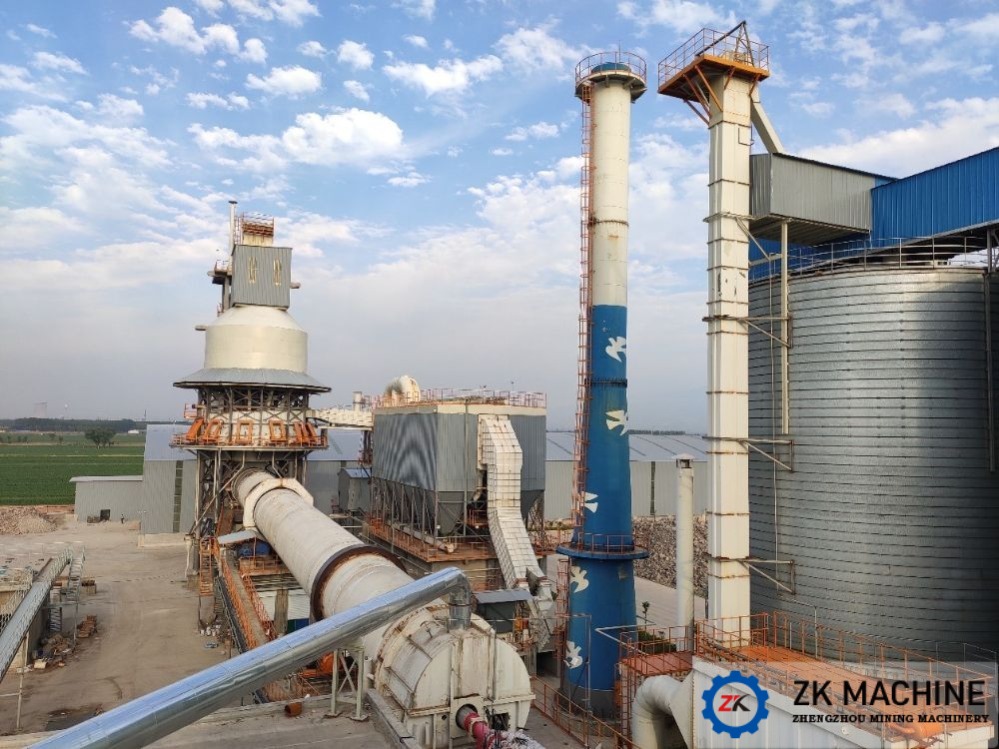Keywords: Lime Rotary Kiln Calcining Process
1. Basic principles
The lime rotary kiln calcining process is a process that uses calcium carbonate in limestone to decompose at high temperatures to release carbon dioxide, producing a chemical reaction of calcium oxide, and calcining limestone into quicklime. The lime rotary kiln is a heat treatment equipment that continuously feeds limestone into a high-temperature furnace through rotation. The limestone is decomposed and sintered into quicklime at high temperatures.
2. Process flow
The basic process of lime rotary kiln calcination process includes four links: limestone pretreatment, calcination, cooling and finished product collection.
2.1 Pretreatment of limestone
First, the limestone needs to be crushed and screened to separate the limestone into uniform particle sizes suitable for entering the kiln to ensure uniform calcination of the limestone in the kiln.
2.2 Calcination
In the calcining process, limestone is evenly put into the rotary kiln. The high temperature in the kiln decomposes the calcium carbonate in the limestone to release carbon dioxide, producing calcium oxide. At the same time, the limestone is sintered into quicklime.
The limestone stone rotates clockwise in the rotary kiln. The residence time of the limestone stone in the kiln is about 20-30 minutes. The entire calcining process is carried out at high temperature. The temperature in the furnace is usually 1300-1450 degrees Celsius. The limestone stone decomposes rapidly under high temperature conditions. , generating quicklime.
2.3 Cooling
After the calcination is completed, the quicklime is sent to the cooler for cooling in order to reduce the temperature of the lime to an acceptable range.
2.4 Collection of finished products
Finally, the lime is collected in the collector, and the finished lime can be further ground and screened to meet the requirements of different users.
3. Industry application
The lime rotary kiln calcination process is widely used in industrial production such as cement, steel, metallurgy, and chemicals, and is mainly used to produce green lime. Quicklime can be used for various industrial purposes, such as preparing cement, glass, ceramics, etc.





















